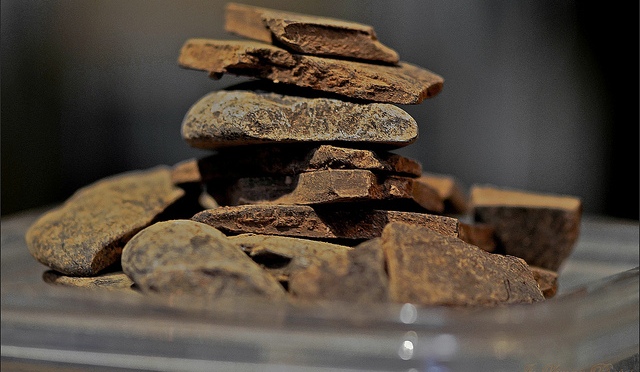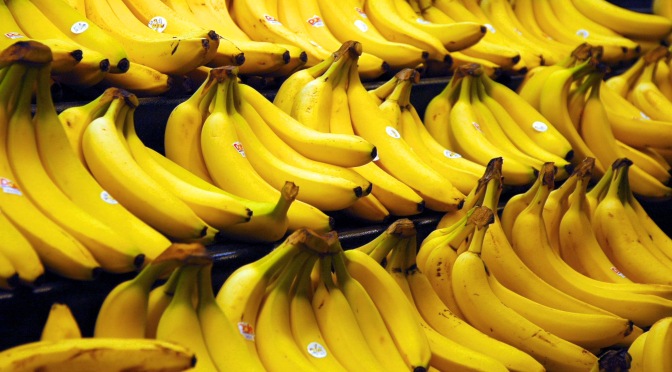You know when you go to the doctor, and they ask you to stick out your tongue? They aren’t just doing this to make you giggle. Our tongues are a special window into the quality of our health. That’s the main reason they want to have a good look at your tongue.
Your tongue has the magic power of sensing if you’ve properly digested your food from the night before, if your organs are functioning optimally, if your colon is clear, if you are feeling anxious or fearful, and is can tell you if you need a cleanse. Certain organs in your body correspond to a different part of your tongue  (see diagram). So cool, right? The front of tongue corresponds to the lungs, heart, chest and neck. The centre of tongue equates to the spleen, stomach, pancreas and liver. The back of the tongue corresponds to the intestines, colon and kidneys.
(see diagram). So cool, right? The front of tongue corresponds to the lungs, heart, chest and neck. The centre of tongue equates to the spleen, stomach, pancreas and liver. The back of the tongue corresponds to the intestines, colon and kidneys.
I’m going to share with you a couple simple tips to self-diagnose yourself through tongue analysis to quickly remove any toxins you may have lingering.
Characteristics of a Healthy Tongue:
1. COLOR: A healthy tongue is usually a pale-red or pretty pink. It’s not too pale or too dark. This signifies a healthy amount of blood reaching the tongue.
2. SHAPE: The tongue will look supple and not too flabby or stiff. It does not tremble, does not have cracks, and does not look too thin or too puffy.
3. COATING: There is a thin white coating. The coating will be a little bit thicker towards the back or base of the tongue.
4. MOISTURE: The tongue is neither too dry or too wet. The tongue is slightly moist.
5. SUBLINGUAL VEINS: The veins underneath your tongue are not swollen due to pressure from the inside. They are either barely visible or not at all. The color of the veins is light, and not a dark purple color.
Characteristics of an Unhealthy Tongue:
I’m going to explain the 12 most common signs that you might see show up on your tongue, and what they mean about your health.
WHITE: Body is releasing toxins
GREY or BROWNISH-GREY: Stomach or intestinal problems
YELLOWISH or YELLOW-GREEN: Liver or gallbladder problems
INDENTATIONS or CRACKS ON SURFACE: Malnutrition or vitamin deficiency�
A BORDER with THE EDGES of SHOWING THE TEETH OUTLINE: Mineral deficiency

TOP ROW:
‘U’ SHAPED COATING ON BACK OF TONGUE – (left image) Vata sign indicating a sensitive colon or toxins in the colon
DISCOLORED, EITHER WHITE OR OFF WHITE – (middle image) Kapha indicator of kidney problems or congestion
REDDISH SPOT – (right image) Pitta sign revealing a sensitive and delicate heart
2nd ROW:
REDDISH SPOTS LINING FRONT OF TONGUE – (left image) Kapha sign revealing a sensitive and delicate lungs
FROTHY, EITHER WHITE OR BROWNISH – (middle image) Kapha sign indicating the lungs are congested, mucousy with bronchitis
BROWN WITH DARK SPOTS – (right image) Kapha indication of pneumonitis
3rd ROW:
TEETH MARKS – (left image) Vata indication of malabsorption and poor assimilation of nutrients
WHITE COATING ON BACK OF TONGUE – (middle image) Vata indication of toxins in the colon
WHITE w/ RED PERIMETER – (right image) Pitta indication of toxins and impurities in the small intestines
4th ROW:
CRACKS – Vata imbalances related to nerves in the large intestines, sensitive nerves, nervous indigestion
TREMORS – Vata disorders related to fears, insecurities and anxieties
MIDLINE CRACK – Vata sign related to emotional disturbances and spinal column problems
Before brushing, take a look at your tongue for a few weeks and begin to notice the differences of how it looks depending on how you are feeling that day. Does it look red when you feel feverish and stressed out? Or does it look swollen when you haven’t been drinking enough water?
Another tip I suggest is to buy a stainless steel tongue scraper and add this simple step to your morning routine. It is best to scrape the tongue upon rising in the morning before eating or brushing your teeth. Gently scrape the tongue from back to front enough times to remove all the bacteria. Will you try tongue scraping in the morning?
Image Courtesy http://www.ayurvedic.ie/







